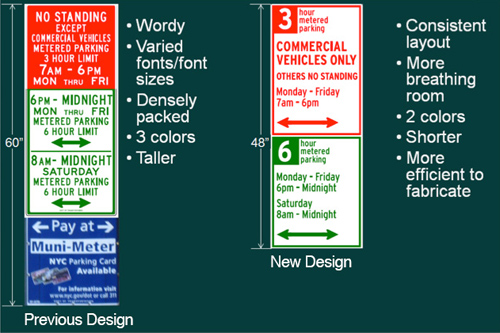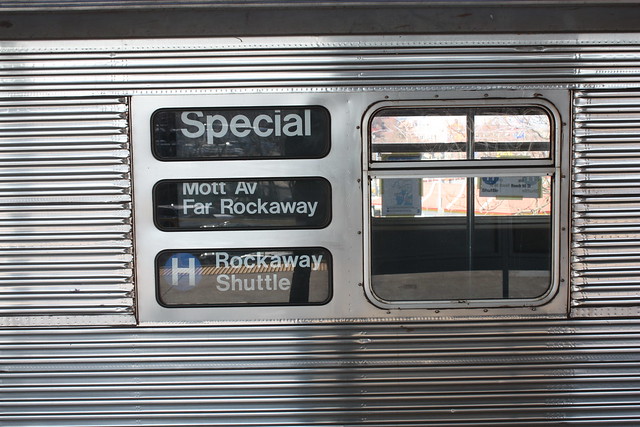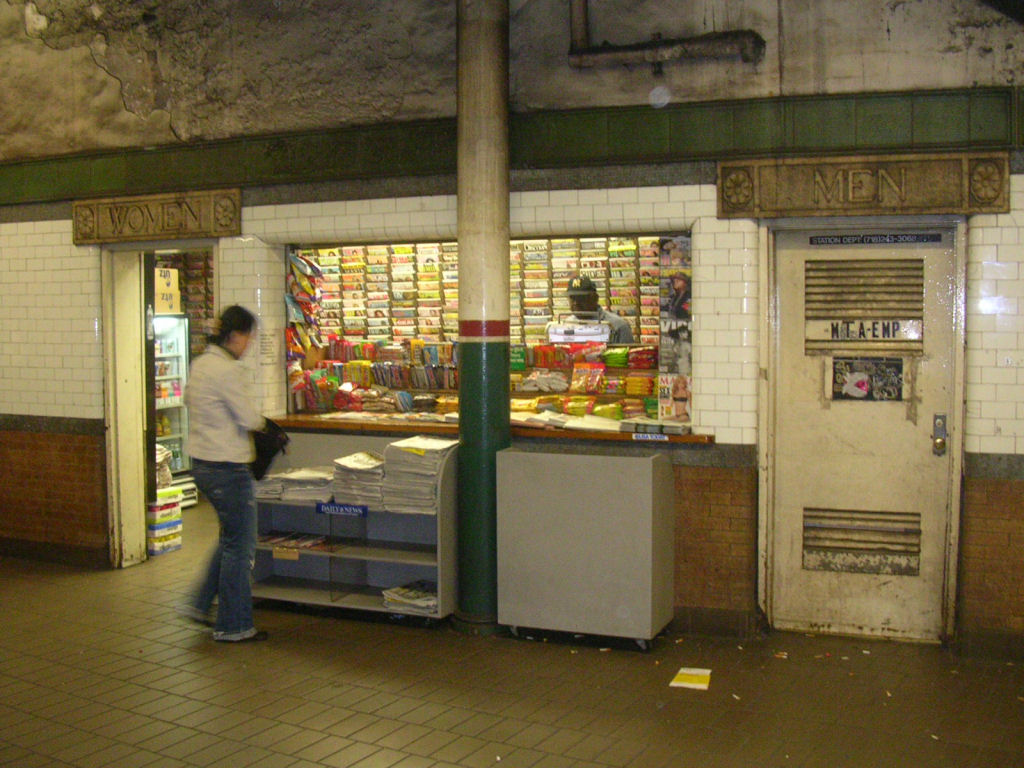
The latest TWU poster admits to being a ‘slight exaggeration’ but still urges a slowdown until the MTA finds a ‘better solution.’
While you were enjoying a three-day weekend, a drunk 26-year-old from New Jersey decided to take a nap in the crevasse next to a set of active subway tracks early Sunday morning. He awoke when his leg splayed out and an E train drove over it. He survived but will live with one leg. On Monday morning, a man or maybe a woman leaped in front of an oncoming 2 train at Times Square. He or she was DOA in a suicide.
These are but the latest in what seems to many like an uptick in subway/passenger accidents. For the last few weeks, we’ve heard terrifying stories of two incidents involving someone pushing another straphanger into the path of an oncoming train. We heard of someone who fell into the tracks while defecating between subway cars (which, by the way, is something that doesn’t happen too often). We’ve heard of threats of an TWU-requested slowdown, and now we have Manhattan Borough President Scott Stringer calling for an MTA Inspector General audit on subway safety. What exactly is going on here?
The answer, you may be surprised to hear, is nothing. At least that’s one rational take on it. As Dana Rubinstein expertly detailed in Capital New York yesterday, subway accidents aren’t on the rise. Rather, the only thing on the rise seems to be the attention we pay to them. Rubinstein writes:
In 2012, 141 people were struck by trains and 55 died. That fatality number was up from in 2011, when 146 people were struck by trains but 47 died. In 2010, 127 people were struck by trains and 51 died. In 2009, 136 people were hit by subway cars, of whom 49 died. The M.T.A.’s data on this only goes back to 2001, but in those years, the high mark for fatalities was set at 55 in 2007, and matched last year.
The number of people hit by trains is essentially holding steady, but the incidents seem to be getting more attention lately, after two particularly ghoulish homicides in December, both of which involved mentally unstable assailants allegedly pushing strangers in front of oncoming trains and to their deaths…
The M.T.A. says that reducing entry speeds would reduce the number of trains that could move through the system by up to 40 percent, which means there would be longer waits for trains, and more crowding on subway platforms, leading to even more collisions between straphangers and subway cars. The authority also suggests that what the union is actually advocating is a work slow-down in disguise.
Whether or not this spate of subway deaths is a problem depends upon one’s perspective. People who witness these accidents say they are horrific, and train operators, in particular, bear the psychological brunt of these collision. The City Council, never one to miss an opportunity to gain media attention, also seems to be in on the action. “Standing by without a plan of action as incident after incident occurs is not an option,” Transportation Committee Chair James Vacca said in a statement. “The MTA needs to bring all the stakeholders to the table and acknowledge that this is a serious problem that demands a coordination solution, and they must tell the public what their plan is.”
But how much should we spend on this problem? A subway slowdown isn’t the answer anywhere else, and it’s not the answer here. Until we start responding to automobile deaths in a similar fashion, it’s hard for a rationalist to see subway deaths as a major problem. But it seems as though the MTA will have to answer to someone, be it the public, the TWU or the City Council.
So we’re left with a problem that isn’t really solvable at a reasonable cost, a union playing politics with people’s lives over a tenuous contract situation and a government oversight body snatching at headlines. Call me cynical, but that seems to be a perfect storm heading toward a bad solution to something that we could consider an intractable problem.






